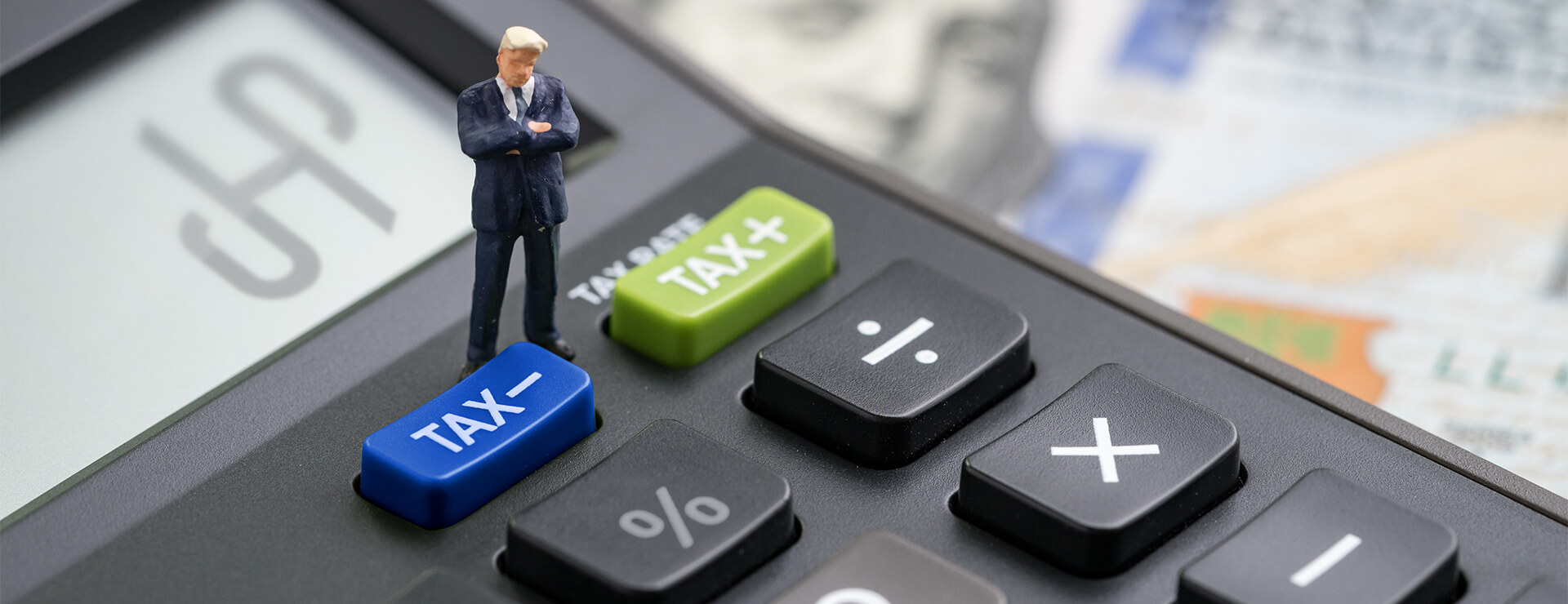
Tips for your tax return

Sean Jones, Financial Planning Consultant, James Hambro and Partners
Last year nearly 750,000 people missed the deadline for filing in their tax return – potentially having to pay a £100 fine. Just over 30,000 filed in the final hour.
One of the dangers of leaving it to almost literally the last minute is that you increase the likelihood of overpaying tax. Taking advantage of all the available tax reliefs can be time consuming. A financial adviser and accountant can often end up more than covering their costs in helping you. But if you have not yet filed this year’s returns, here are some things to consider.
-
Claim expenses to reduce your ‘taxable income’
Those who work from home or are self-employed may be able to claim business running costs against their income – travel, office supplies, phone bills, insurance, energy bills.
People who run their own businesses are able to spend up to £200,000 a year on plant and machinery and offset this against their tax bill.
Keep track of your travel. Those who are employed may be able to claim back petrol costs if their employer does not provide them a mileage allowance, or if there is a shortfall between what their employer pays and HMRC’s approved mileage rates.
-
Make charitable donations even more rewarding
Make a note of donations you have made through Gift Aid. High earners can claim back the difference between the basic rate of tax and marginal rate of tax they actually paid – usually by reducing their income tax bill. Remember too that taxpayers can donate to a charity now and have the tax relief applied to their return covering the last financial year (2017/18). This is useful if you are a lower-rate taxpayer this year but last year you were a higher rate (40%), additional rate (45%) or, potentially, a 60% taxpayer (as a result of personal allowance being clawed back by £1 for every £2 of taxable income over £100,000).
-
Don’t forget to claim relief on pension contributions
Higher-rate and additional-rate taxpayers can claim tax relief at their marginal rate on their pension contributions, but only the basic-rate tax relief of 20pc is added to pension contributions by providers at source. To enjoy the full benefit, you have to remember to claim back the extra relief from HMRC in your tax return. It is estimated that thousands forget and lose out on millions as a consequence. If you have failed to do this in previous years you can claim retrospectively. It is probably worth seeing an accountant and getting some help in calculating what is owed.
-
Buy-to-let – mortgage interest tax relief not dead yet
If you pay tax at 40% or above and are a buy-to-let landlord you can still claim tax relief on 75% of any mortgage interest payments, although this is being phased out and will be gone completely by April 2020, to be replaced by a new flat 20% tax credit. You also have a new extra tax-free allowance of £1,000 for property income, which you can use to offset income from a buy-to-let (there is one for “trading income” too, designed for those doing e-trading on platforms like eBay but covering other areas too.)
-
Make the most of your spouse or civil partner
Marriage allowance may allow you to transfer £1,150 of your tax-free personal allowance to a higher-earning spouse or civil partner, which is useful if one partner has not used up all their personal allowance.
-
Tax efficient investment schemes
An effective relief for some people is the Enterprise Investment Scheme (EIS). The scheme allows you to invest up to £1m in high-risk small companies (or £2m in companies that qualify as ‘knowledge-intensive’) in any tax year and receive up to 30pc income tax relief on this sum. If you have already invested in an EIS in previous years and generated a loss from any investment, you can offset this loss against your income in the year of disposal or the previous tax year. Losses can also be carried forward to be offset against any future gains made from investments.
A similar scheme, called the Seed Enterprise Investment Scheme, allows people to invest up to £100,000 a year in early-stage companies and receive initial tax relief of 50pc on their investments.
Social Investment Tax Relief, allows investors to claim 30pc tax relief on up to £1m invested in certain socially focused organisations.
Venture Capital Trusts, offer 30pc tax relief on up to £200,000 and raise money to invest in early-growth companies.
These schemes can sound attractive, but returns can be disappointing in the long run, and expenses high. Before investing be sure there is a strong investment case and take advice. A comprehensive list of all existing tax reliefs can be found here.
What do I need to do?
The deadline for submitting online tax returns is on 31 January 2019. The deadline for paying the tax owed is on 31 January 2019 as well.
You will need to provide several pieces of identification like your passport, bank details and National Insurance number. Once registered, you will get a letter with your 10-digit unique taxpayer reference and will also be enrolled for the self-assessment online service. Once you have completed your self-assessment tax return the system will calculate any additional tax due.
Throughout the tax year you will make two ‘payments on account’ – each equal to half of your tax bill for the previous year – towards your final bill for the current year.
If these two payments fall short of your total bill for the tax year, then you will have to pay what is known as a ‘balancing payment’, which covers the shortfall, by 31 January the next year. On 31 January, you will also have to pay your first payment on account towards next year’s bill.
Reasons to be on the ball with your tax return
You can be fined a £100 penalty for late filing during the first three months after the deadline. After three months HMRC can demand an additional £10 a day up to £900. If you still have not filed the return six months after the deadline you will either be fined £300 or 5pc of the tax due – whichever is higher – on top of the existing penalties. Carry on failing to file a return and in very serious cases you could even be fined 100pc of the tax due.
There are some ‘reasonable excuses’ that HMRC may accept as cause to waive any penalty. These include things like the recent death of a partner, an unexpected hospital stay or service issues with the tax authority’s online services.
What will I need?
Before you start filling out the return it is worth getting together all of your documents to ensure you are clear what your total income, gains and deductions are.
In this case, income includes interest on UK bank accounts, untaxed foreign interest of up to £2,000, dividends over £5,000, foreign dividends up to £300, state pension and other pension income, capital gains over £11,100, and income from buy-to-let properties.
A useful list of income sources which may need to be included can be found here.
A word of comfort
If this is making you panic, it is worth knowing that returns can be amended once they have been submitted. Even if you are not entirely happy with your self-assessment tax return on deadline day it is still worth filing as returns can be amended once they have been submitted without running the risk of incurring a fine. But you might want to start earlier next year…
25 January 2019
This is not advice and you should not act on the content of this comment without taking professional advice. Opinions and views expressed are personal and subject to change. No representation or warranty, express or implied, is made of given by or on behalf of the Firm or its partners or any other person as to the accuracy, completeness or fairness of the information or opinions contained in this document, and no responsibility or liability is accepted for any such information or opinions.
The value of an investment and the income from it can go down as well as up and investors may not get back the amount invested. This may be partly the result of exchange rate fluctuations in investments which have an exposure to foreign currencies. Fluctuations in interest rates may affect the value of your investment. The levels of taxations and tax reliefs depend on individual circumstances and may change. You should be aware that past performance is no guarantee of future performance.